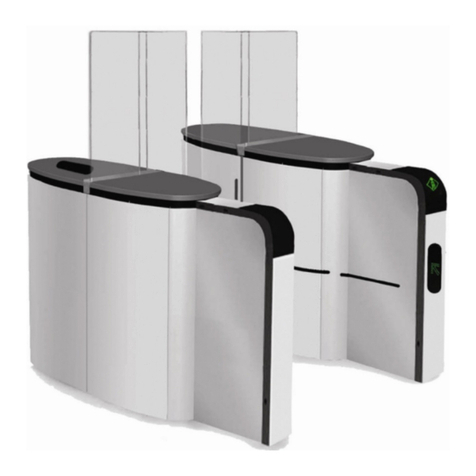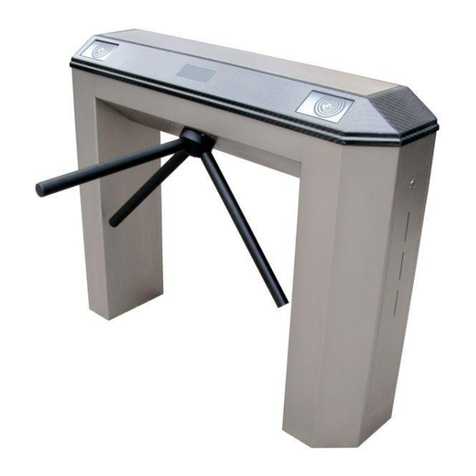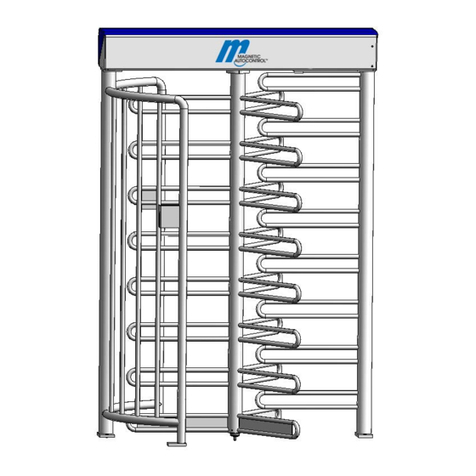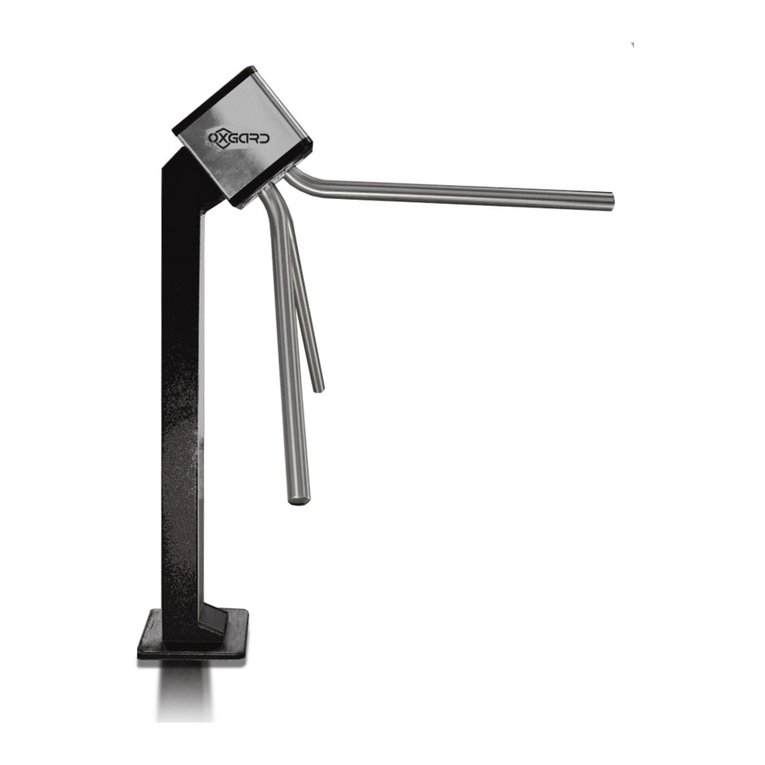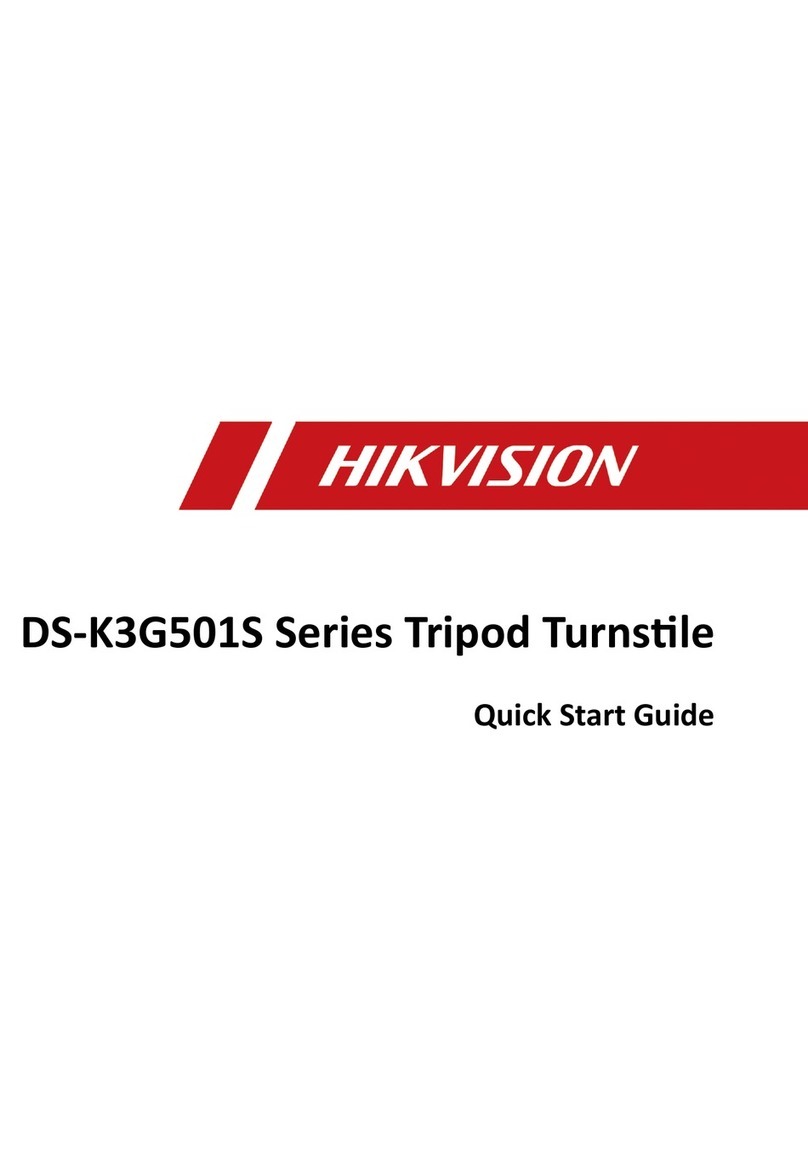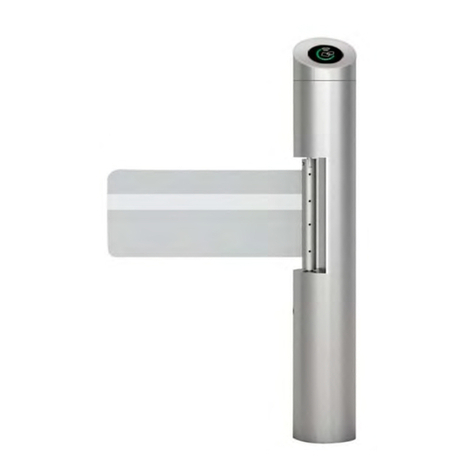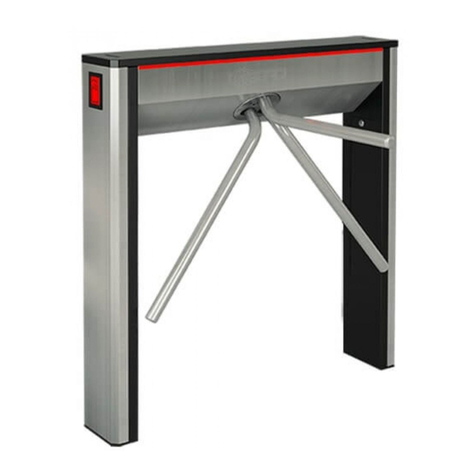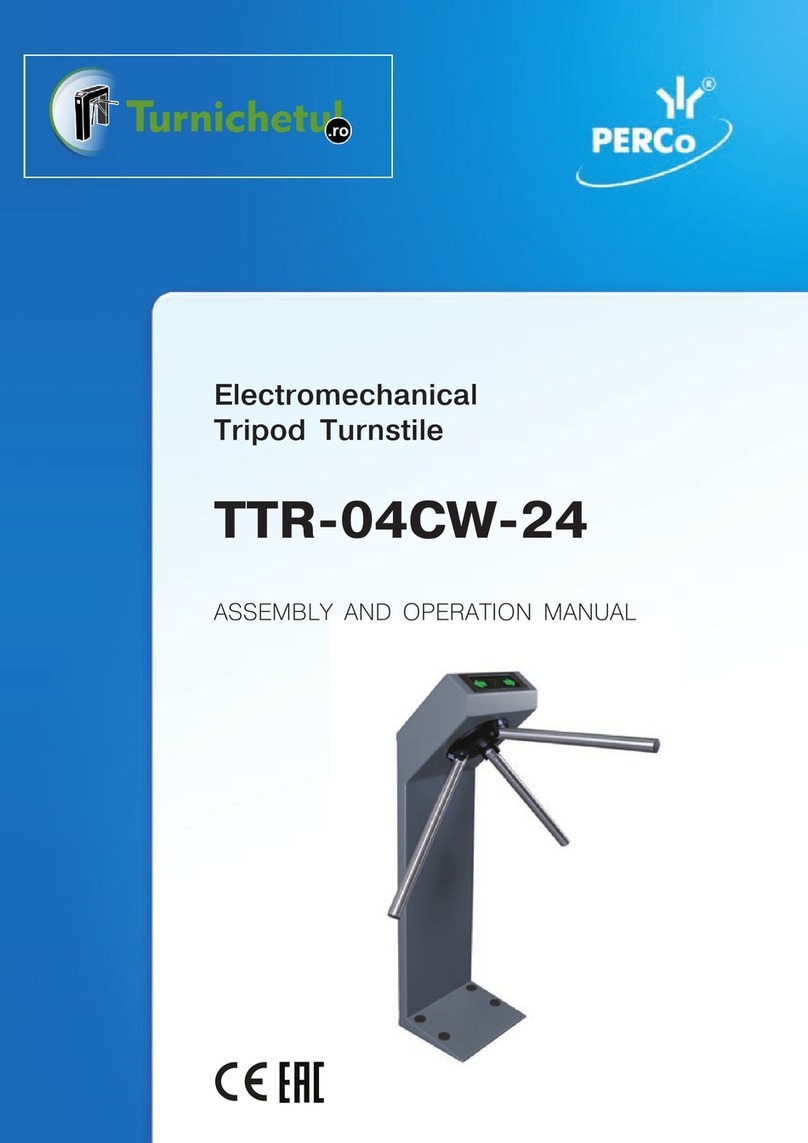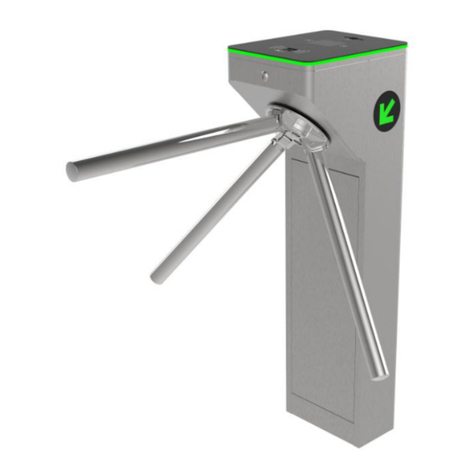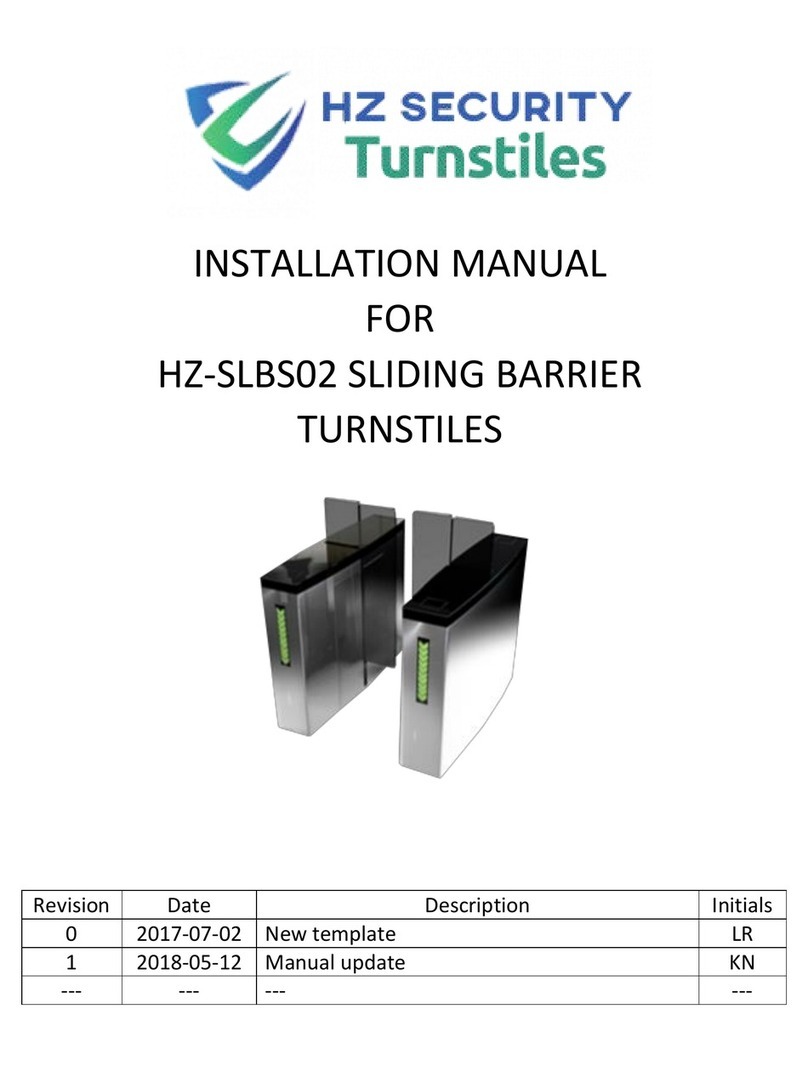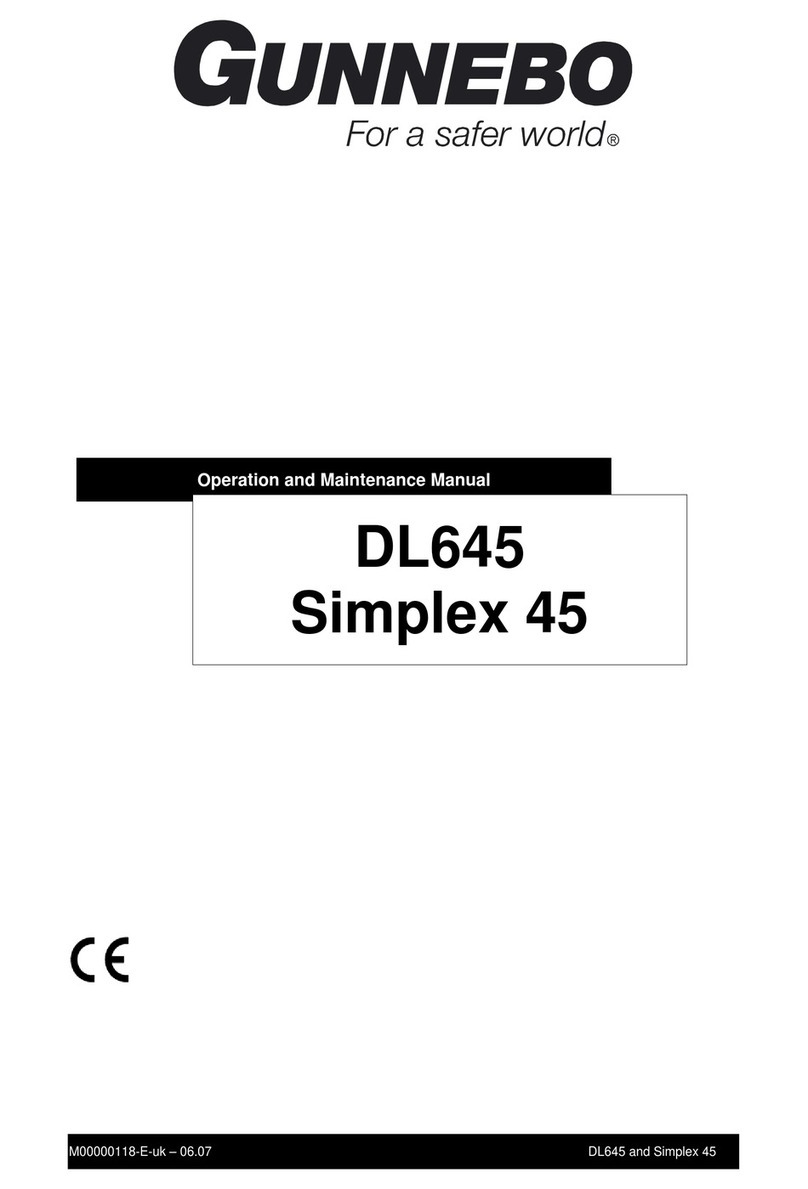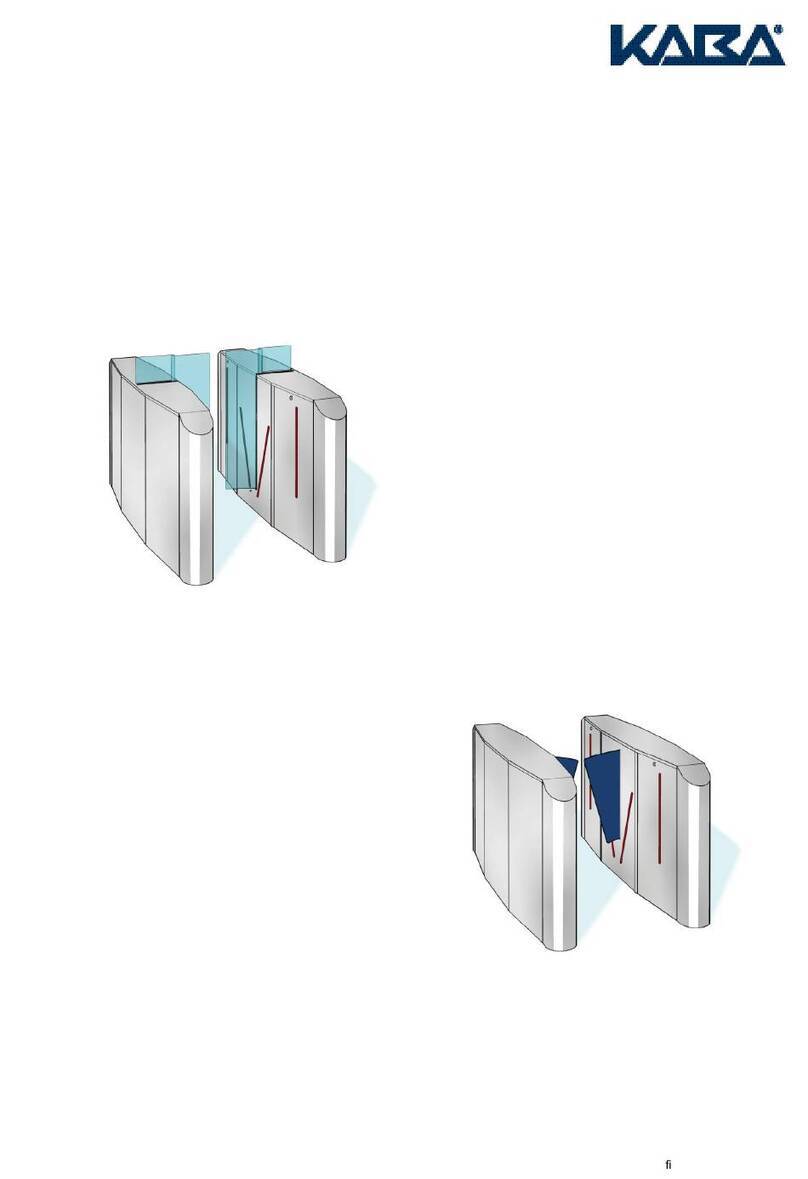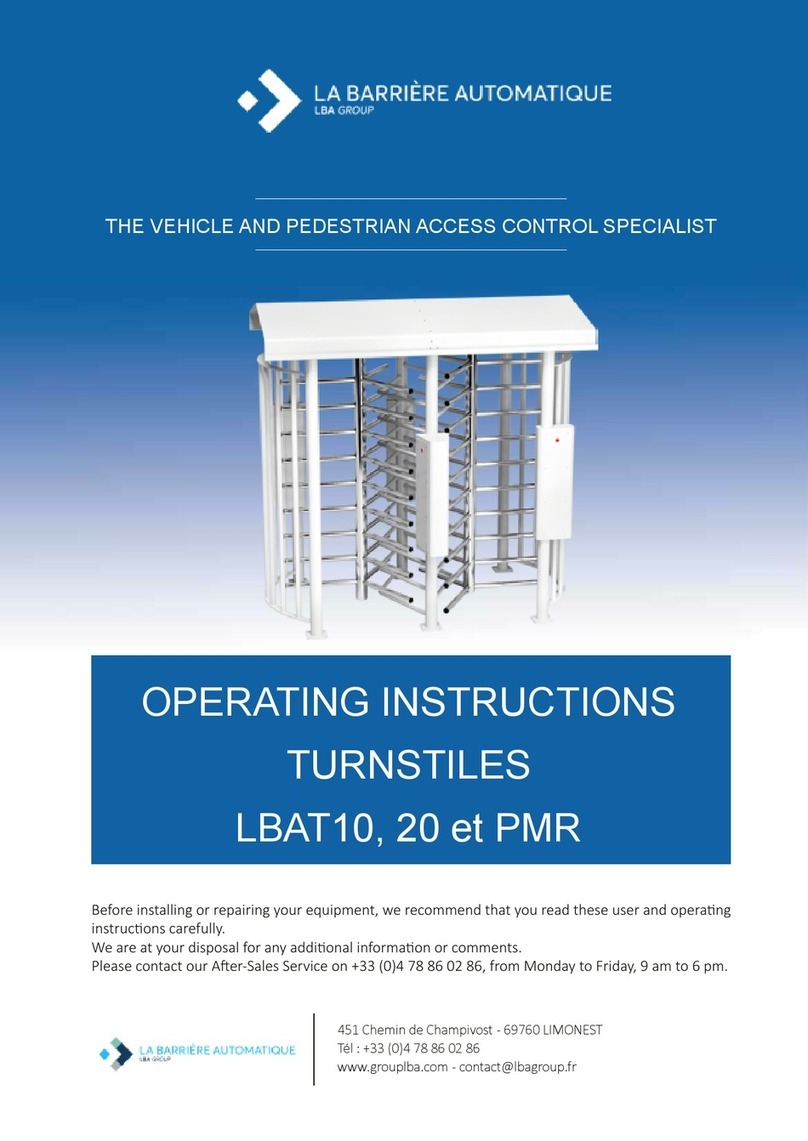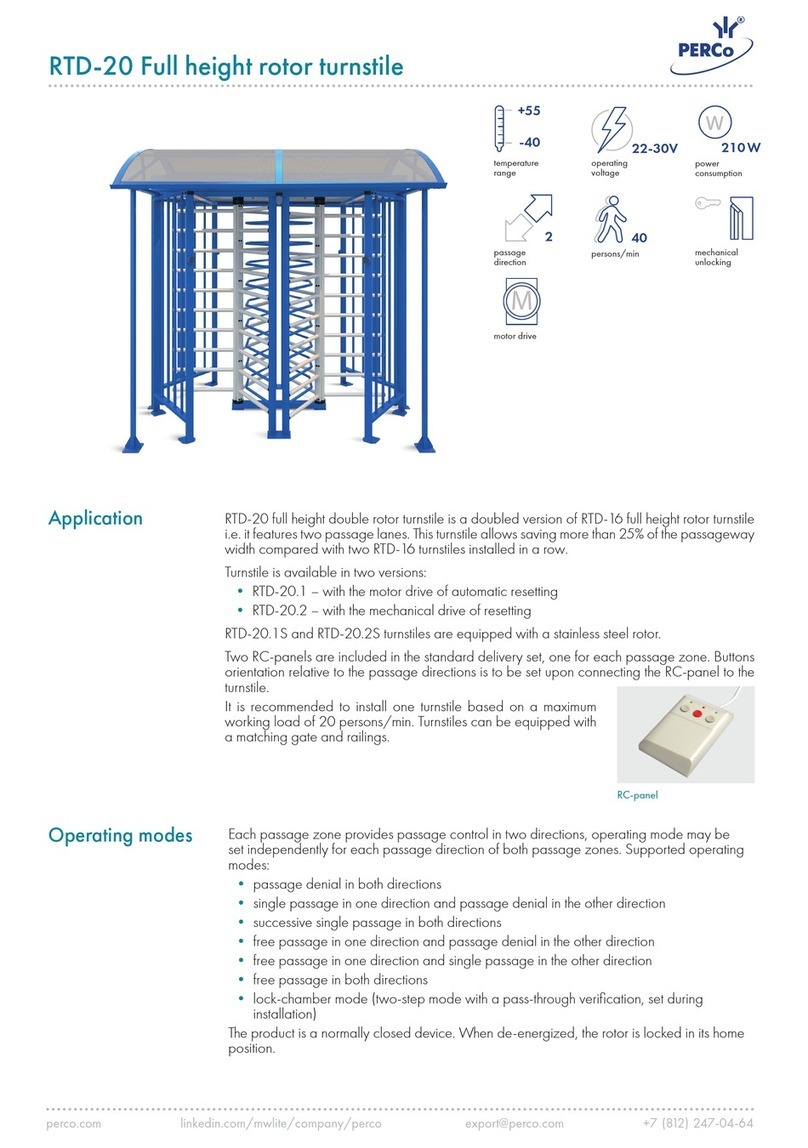
3
.............................
CCEC/ OM Manual RotaSec Titan 1.5 EN 08.2009
Contents
Page
SECTION 1INTRODUCTION ...................................................................................................................................... 5
General .............................................................................................................. 5
Electrical Warnings ............................................................................................ 5
Errors.................................................................................................................. 5
Proprietary Notices ............................................................................................ 5
Hardware Changes............................................................................................. 5
Rotating Machinery ........................................................................................... 6
Warnings, Cautions and Notes .......................................................................... 6
Good Practices ................................................................................................... 6
Equipment Safety Systems ................................................................................. 6
Risk Assessment ................................................................................................. 7
CE - Marking....................................................................................................... 8
SECTION 2PRODUCT DESCRIPTION ........................................................................................................................... 9
Product Description............................................................................................ 9
Typical Units..................................................................................................... 11
Technical Details .............................................................................................. 13
Standard Technical Specification ..................................................................... 13
SECTION 3INSTRUCTIONS FOR USE ......................................................................................................................... 15
Operating Sequence......................................................................................... 15
Access Control Devices..................................................................................... 16
Programmable Parameters.............................................................................. 16
SECTION 4TECHNICAL INFORMATION ...................................................................................................................... 17
Standard Features............................................................................................ 17
Optional Features ............................................................................................ 17
Typical Layout Details ...................................................................................... 18
Typical Titan Head Mechanism Elevation ........................................................ 23
Drives and Controls.......................................................................................... 23
Restoring Force Adjustment............................................................................. 24
Damping Adjustment....................................................................................... 25
Electrical Connections ...................................................................................... 25
Sensor Timing and Solenoid Operation ............................................................ 26
Anti-reverse Ratchet Quietening Adjustment .................................................. 26
Locking Solenoid Adjustment........................................................................... 27
Electronic Circuit Boards .................................................................................. 28
LCM02 Control Logic Board.............................................................................. 29
Start-up Functions............................................................................................ 29
Changes to the Programmable Parameters..................................................... 30
Basic Configuration.......................................................................................... 32
Parameter Default Setting ............................................................................... 32
Voltage Free Outputs ....................................................................................... 33
Sensor Board .................................................................................................... 33
LEDs.................................................................................................................. 33
SNT1 Card ........................................................................................................ 34
Power Supply Unit............................................................................................ 35
Solenoid Loom Connections ............................................................................. 36
